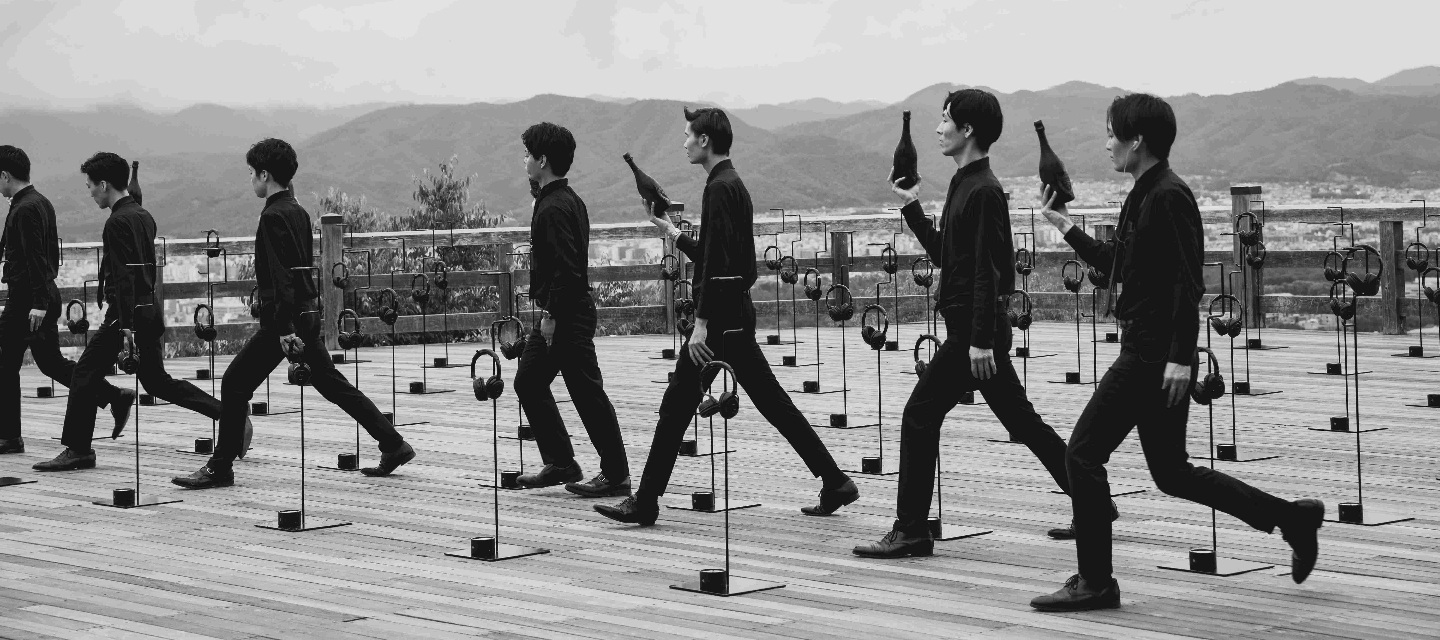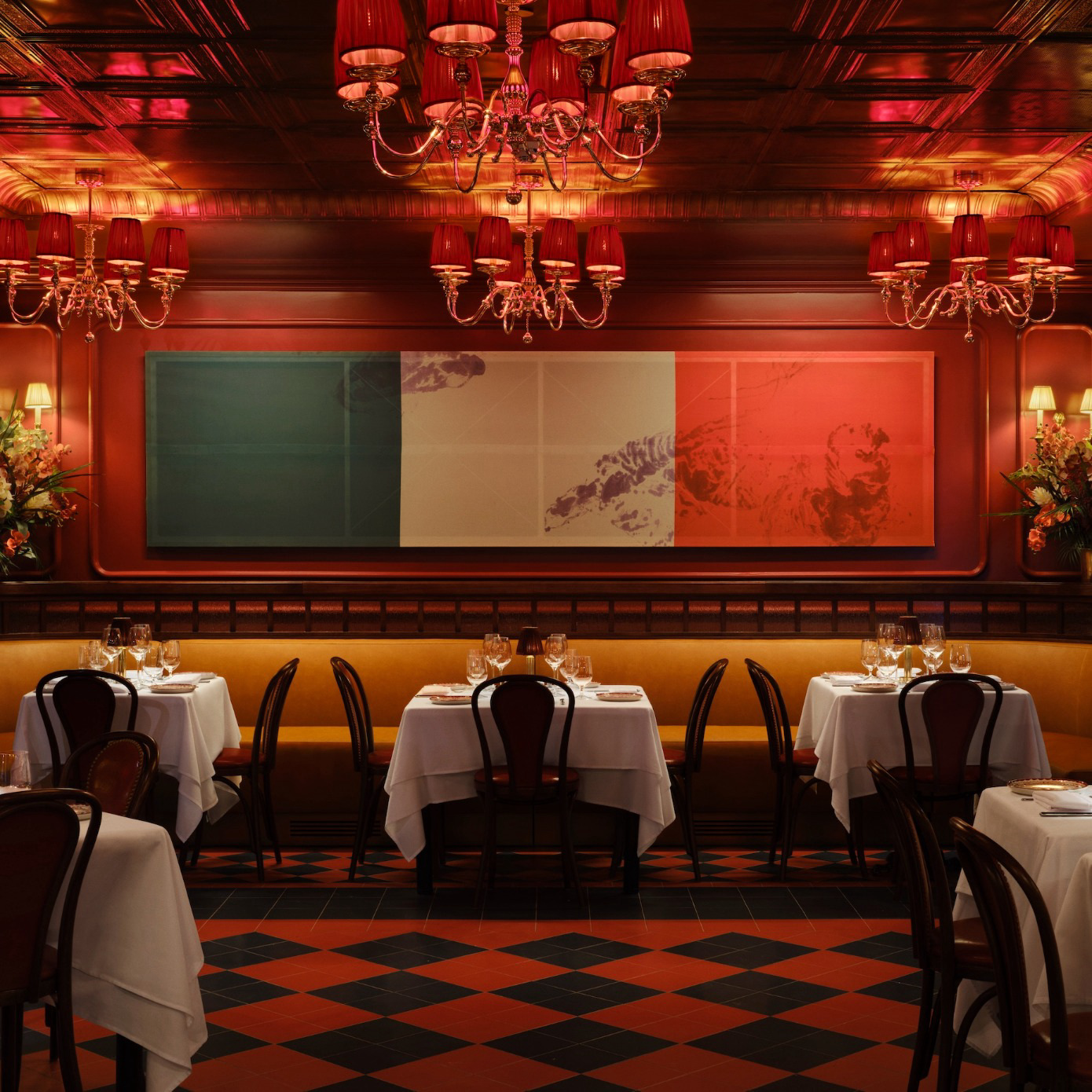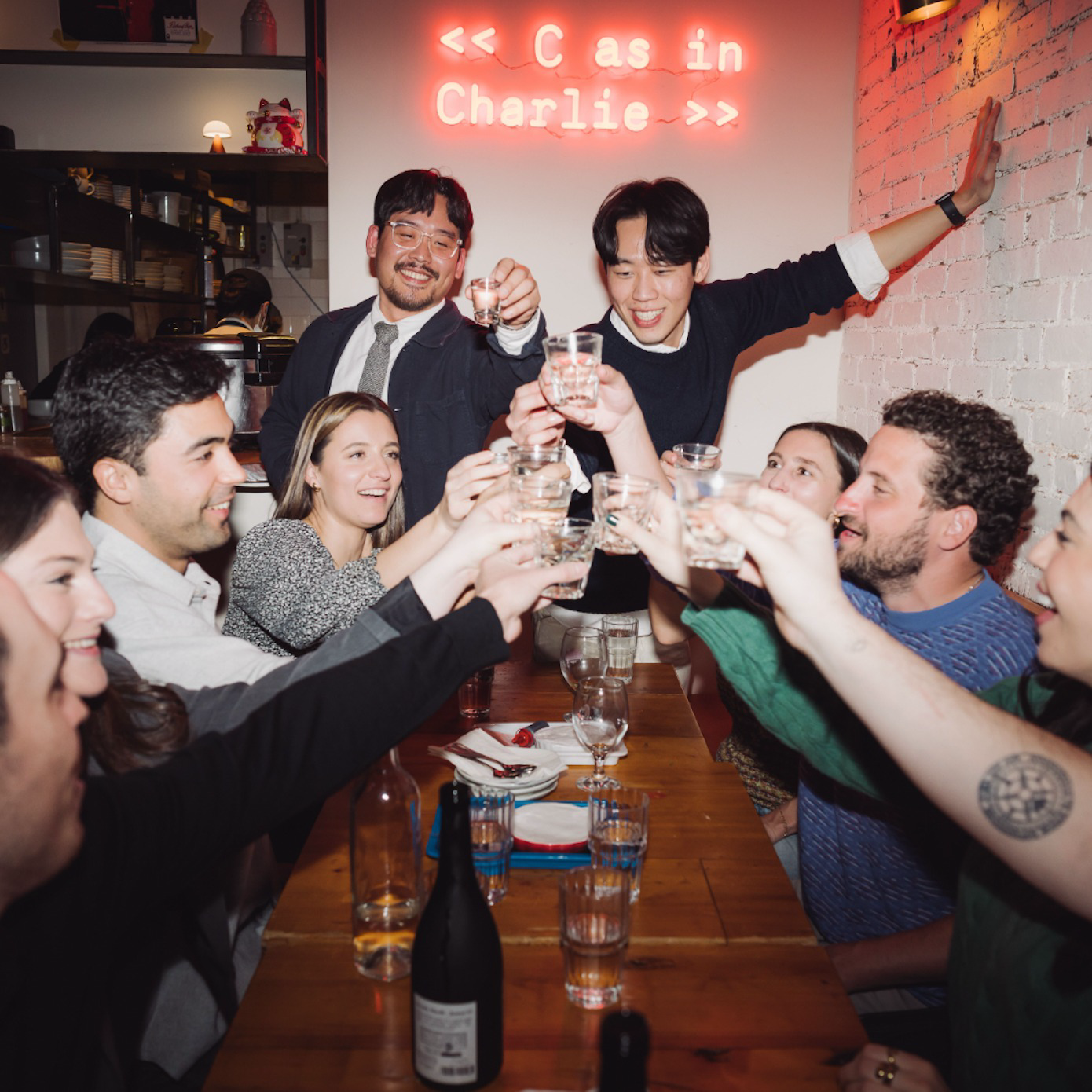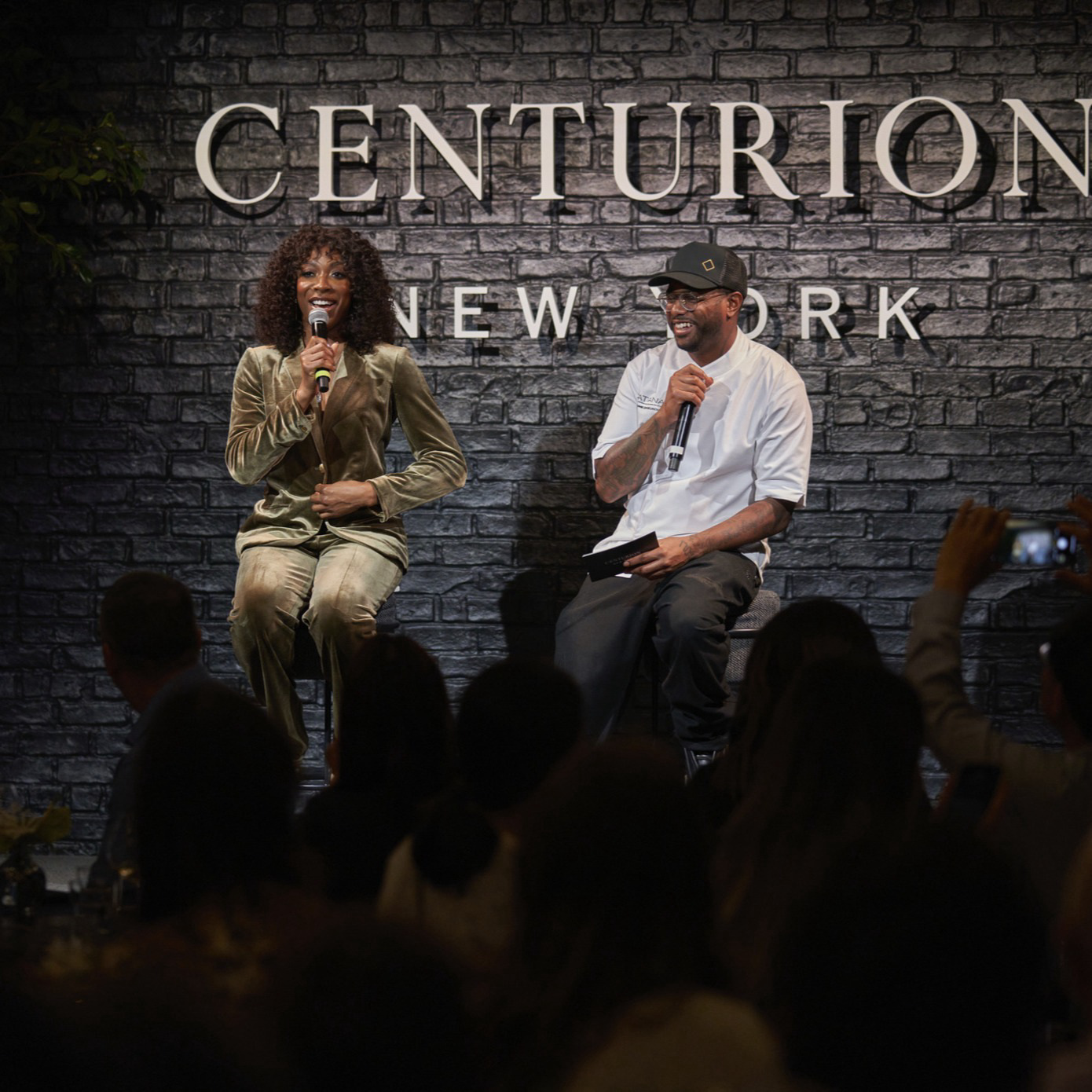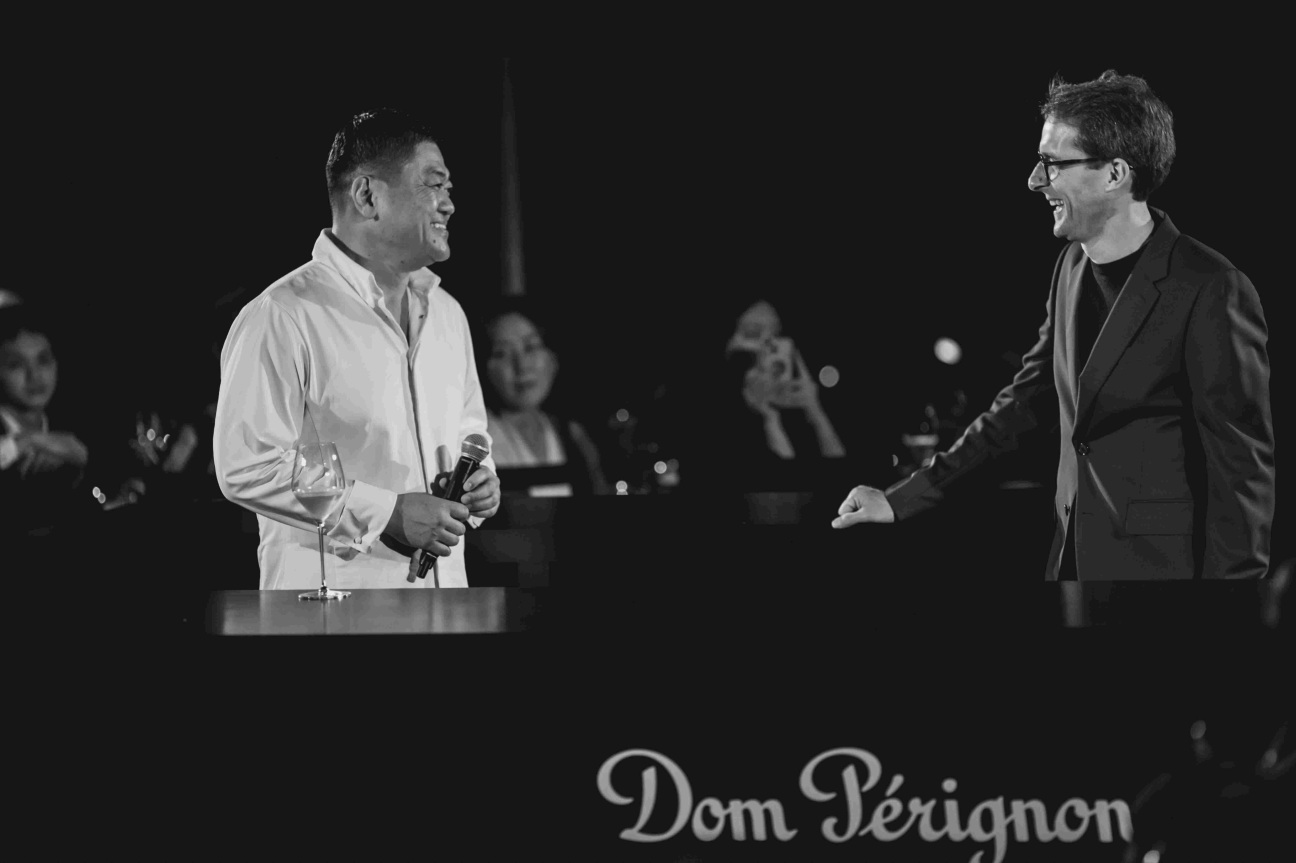
During a recent visit to Kyoto, Japan, Vincent Chaperon, cellar master at Dom Pérignon, used the phrase "deep nature" more than once. Surrounded by Kyoto’s dense pines and bamboo clusters, its shallow ponds and vaporous humidity, and a sense of quiet approbation for its mountain home, a listener might immediately understand the influence of nature, but wonder what Chaperon was getting at by qualifying it as deep.
It turns out that he was referring to the dovetailed, layered symbiosis of pairing Japanese cuisine with champagne, produced thousands of miles away in northern France, regardless of the specific cook or cork. Chaperon was in Japan, Dom Pérignon's largest market, to celebrate the upcoming release of the House's Rosé Vintage 2009. To mark the event, the company partnered with the renowned Michelin-starred chef Yoshihiro Narisawa, whose eponymous restaurant, Narisawa, draws in epicureans in nearby Tokyo for its inventive yet hyper-earthy experimental Japanese cuisine.
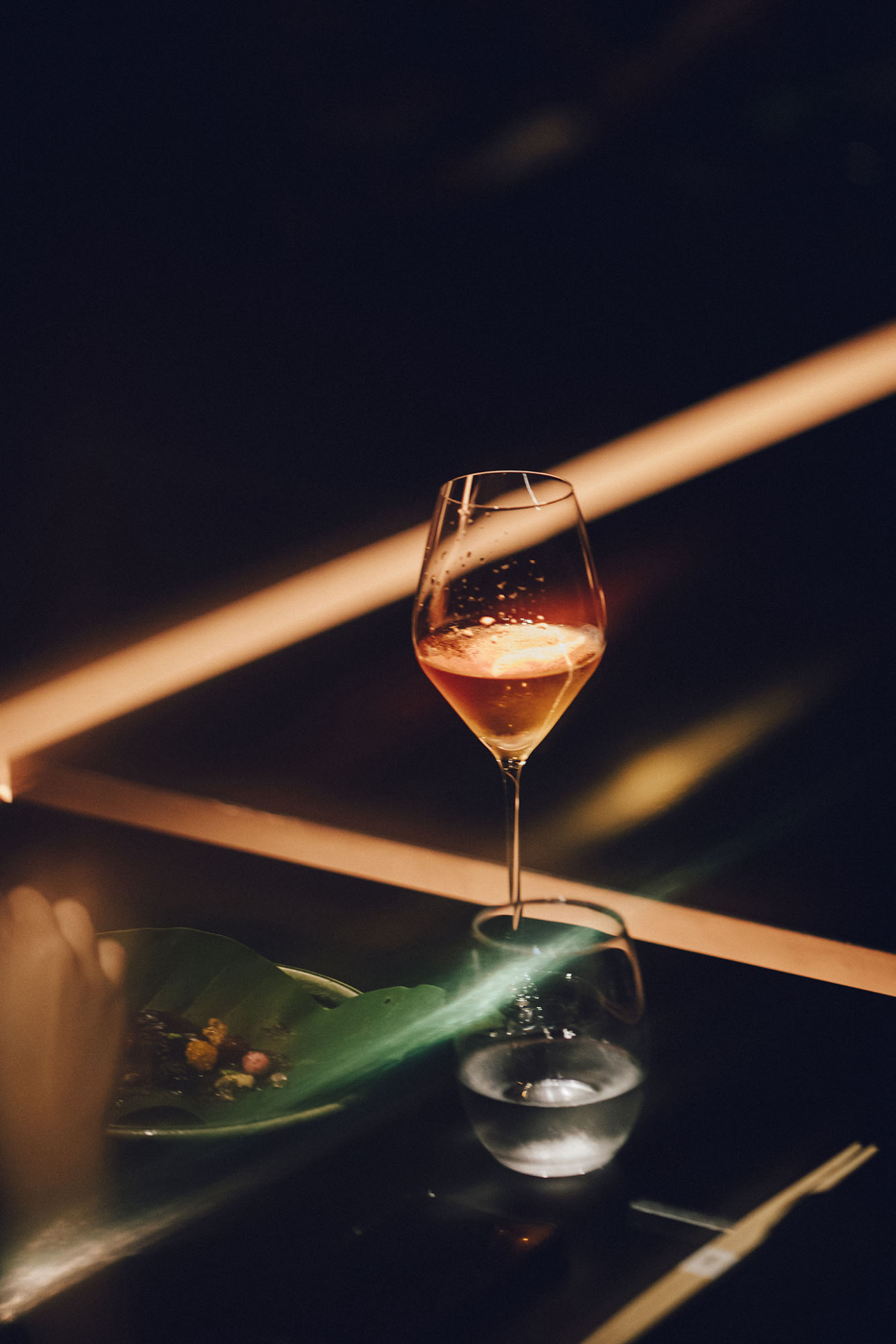
For Dom Pérignon’s guests, Narisawa prepared–over months of diligent drilling and rehearsal–a bespoke dinner of plates inspired by Japanese environmental biomes to complement the upcoming vintage. And complement, they did. It’s where the words “deep nature” became more clear. “There are elements, specifically the earth, water, and moving air, an elegant breeze, that can be felt in my cooking and in champagne,” said Narisawa.
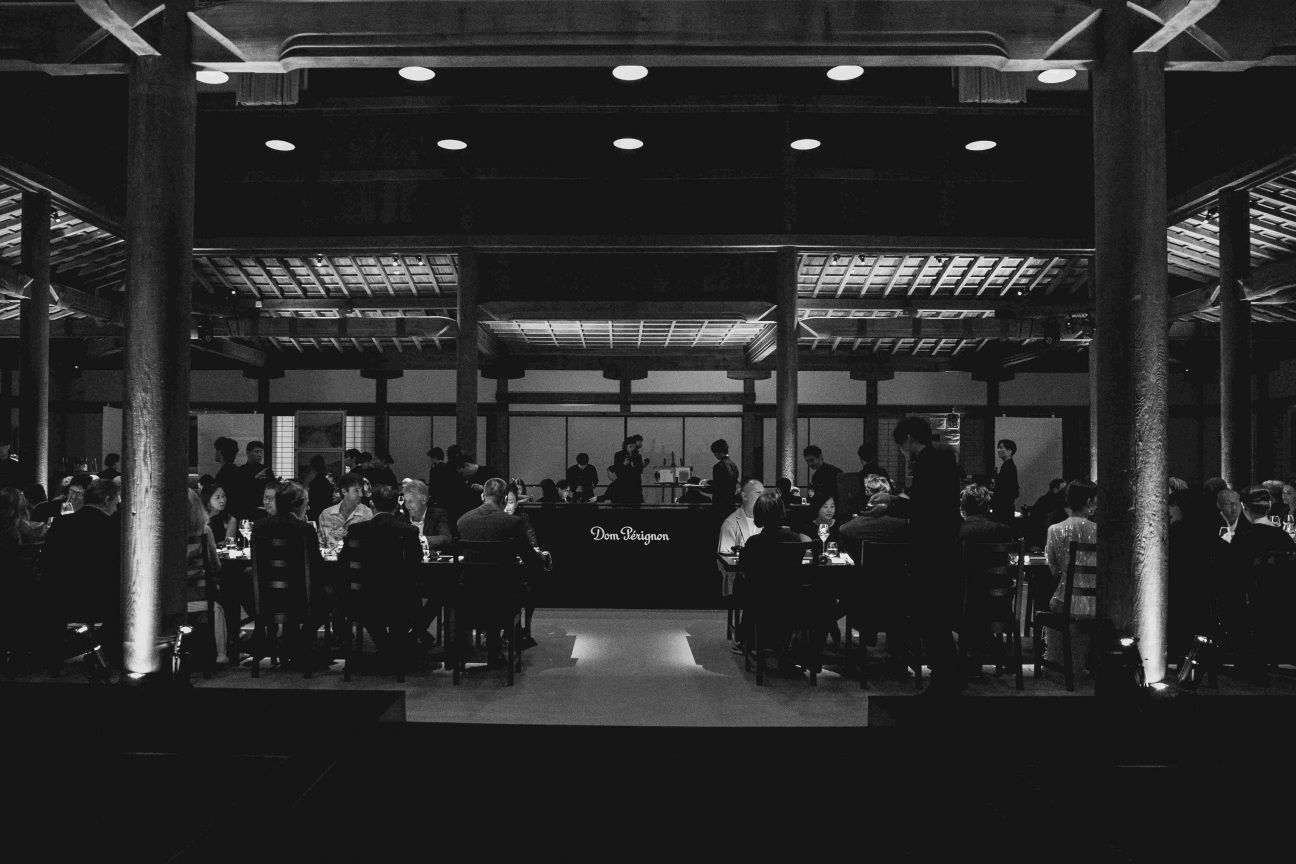
These elemental forces were tasted in the sansho green pepper-framed pigeon (meant to invoke the sensation of “an early summer forest”), or a sweetfish wrapped in bamboo grass. Beyond Narisawa’s cooking, there’s an inherent rawness and a rareness to Japanese food preparation–char and fire and salt aren’t as palpable–and this works well alongside champagne, which is mainly spiceless.
With the Rosé Vintage specifically, these fundamentals might be savored in strawberry bubble hits, which hold a lightly terranean kick. Rosé is flowery but not overwhelming. But it's not just taste profiles that link these traditions. There’s a powerful, high threshold of patience needed to execute both. “I think Japanese culinary precision and sophistication [informs] wine-making,” said Chaperon. “There’s a luxury of time invested into this [wine],” added Narisawa, before continuing. “At the same time, nature and the luxury of time are the sources of my dishes.”

There’s an element of long-game consideration in the cultivation of the ingredients that go into both drink and dish, but it's also about a temporal stance that informs the elaboration of these products. Decisions like when to pick a grape, or when to remove a strip of Honshu venison from a grill top, matter. Tweaking those crucial choices again and again over decades, if not centuries, gets you one step closer to perfection.

